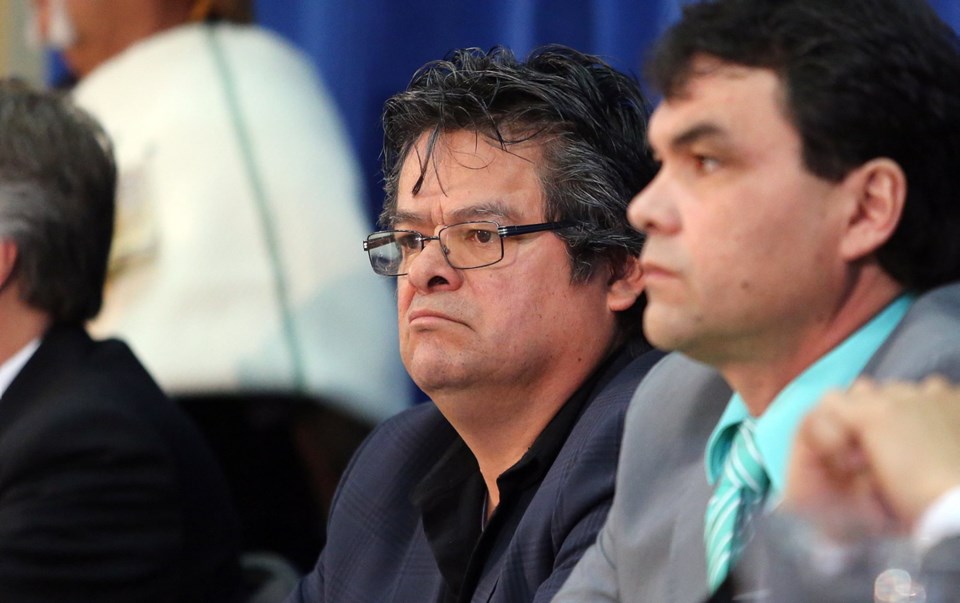Many of us know the Sooke Potholes as a series of spectacular summer swimming holes where clear water cascades from pool to pool in the midst of a west coast forest. To members of the T’Sou-ke First Nation, the potholes are much more.
They call the waters Kle-E-Len, which means Spring Salmon Place. The potholes and surrounding forest are filled with historical and cultural significance, said Chief Gordon Planes. That is why he is “definitely” interested in a proposal for the First Nation to manage the potholes campground for the Capital Regional District, as a first step to reclaiming traditional lands.
The area holds sacred sites where ceremonies are performed. It is central to the identity of the T’Sou-ke First Nation, with about 250 members. Young people are taken there to learn about their culture and language, Planes said.
The T’Sou-ke First Nation traditionally had longhouses all the way up the Sooke River, which runs from Sooke Lake, he said. They fished and hunted throughout that area.
“It’s a place where our people lived.”
The area will be included in a treaty negotiation process with senior governments. An agreement-in-principle between five Te’mexw Member First Nations on southern Vancouver Island, including T’Sou-ke, was announced this month.
“We need the land base to be able to make sure in future generations that our tribe won’t be known just by walking into a museum,” Planes said.
The potholes are within a five-kilometre-long regional park.
Three chunks of land, including the campground, are being added to the park now that The Land Conservancy of B.C. is transferring its title to the regional district.
The transfer takes place as The Land Conservancy of B.C. embarks on a plan to pay creditors and climb out of an $8-million debt. Most of its 50 properties, all with ecological or historical value, will go to other agencies to protect.
Financial difficulties led The Land Conservancy to close the campground, which has 65 spots, in 2014. It is too soon to know if it will reopen this year.
The regional district is approaching the T’Sou-Ke First Nation to see if it will run the campground.
Planes expects talks with senior governments to continue shortly, but welcomes discussing campground management with the CRD.
“It could be an environmental stewardship place where we could do a lot of work.” T’Sou-ke culture could be attached to the campground, he said. “We could do something . . . nobody else could do.”
He envisions building a longhouse nearby. The campground would also provide work for T’Sou-ke youth, he said.
The Sooke Potholes are seen as the place where chinook salmon give themselves back to Mother Earth, Planes said. Environmental stewardship is key to Planes’ vision.
It’s about water quality and integrity of the land and resources, he said.



